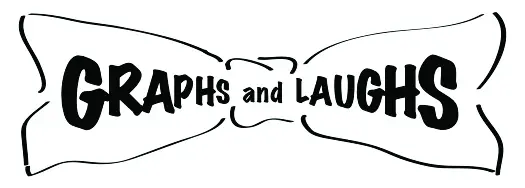Econ70
Historically, new home construction and auto sales were generally good indicators of the economic health of households. Now, less so. With supply-chains a mess, input prices up dramatically, and labor in short supply, lower-priced product is not much being made,…
Read MoreWhile inflation is more pronounced in the USA at roughly 8%, it’s now over 5% in 58% of advanced economies, and over 7% in 55% of emerging economies. Even excluding energy, inflation has increased widely. This suggests that both rounds…
Read MoreFor the week ending 4/2/22, the number of first-time claims for unemployment, a proxy for layoffs, was a remarkable 166,000, the lowest level since the week ending 11/30/68, well over 50 years ago, when the US population was 60% of…
Read MoreThe Friday File: Viewership of the Oscars peaked in 1998 at 55 million. It then held steady at 40 million through 2015, then collapsed, bottoming at 10 million last year and recovering to 16.6 million last week. But the real…
Read MoreAmong the ten US cities with the highest current office occupancy rates, the average rate through mid-March is 39.50%, equal to what it was before Omicron pushed it down to slightly below 20%. Returning to 100%, where it was pre-Covid-19…
Read MoreAt the peak in 1949, 78.8% of households contained married couples. By 2021, that percentage had declined to 47.3%. Simultaneously, single-person households rose from 3.8% in 1960 to 11.1% in 2021. Relatedly, age at first marriage bottomed in 1956 at…
Read MoreRecently, the yield on the two-year Treasury rose slightly above the 10-year Treasury rate, a phenomenon known as an inverted yield curve, often a harbinger of recession or at least a slump and bad times. That said, which pairs of…
Read MoreThe Friday File: In an effort to raise money for cash-strapped nations, ICANN, the International Corporation for Assigned Names and Numbers for the web, will henceforth allow governments to impose an emoji tax every time one is used. While negotiations…
Read More